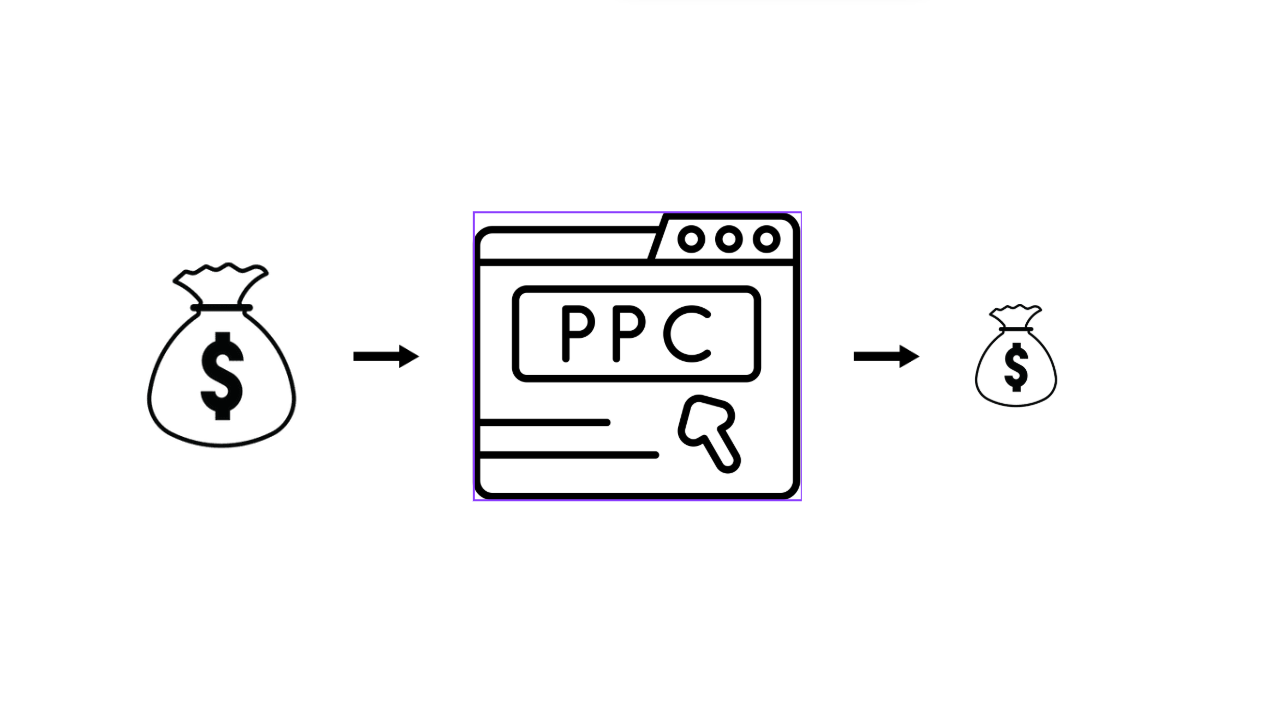In the ever-evolving landscape of digital marketing, allocating search budgets is crucial to the success of paid campaigns. Marketers must constantly adapt strategies to optimize spending, ensuring each dollar works as efficiently as possible. However, a common pitfall that many advertisers encounter is search budget cannibalization. This occurs when shared budgets across campaigns lead to suboptimal performance, diminishing returns, and limiting growth opportunities. In this article, we explore how to identify, prevent, and resolve budget cannibalization to ensure that your marketing efforts are as effective and profitable as possible.
Understanding Search Budget Cannibalization
Search budget cannibalization happens when multiple campaigns share a budget, leading to one campaign consuming a disproportionate amount of the allocated funds. This often occurs when high-volume campaigns with low conversion rates overshadow those with lower traffic but higher conversion rates, resulting in inefficient use of the budget.
Imagine a high-traffic, low-conversion campaign competing with a high-conversion, low-traffic campaign for the same budget. The former takes more of the spend due to its volume, leaving the latter with fewer resources to generate its own conversions. As a result, the high-performing campaign suffers, and the overall performance of your marketing efforts declines.
The Hidden Costs of Shared Budgets

Inefficient Spending and Missed Opportunities
The most immediate consequence of shared budgets is inefficient spending. If high-traffic campaigns eat up most of the budget, your lower-traffic campaigns may not have enough to perform at their best. This misallocation prevents the campaign with higher conversion rates from maximizing its potential, leading to lower overall performance.
Impact on Campaign Metrics
Budget cannibalization can distort important campaign metrics such as Impression Share and Impression Lost to Budget. The campaign with a higher volume might receive more impressions simply because it exhausts its budget more quickly, while the better-performing campaign could miss valuable opportunities due to limited exposure.
Moreover, Return on Ad Spend (ROAS) can be negatively impacted when budget cannibalization occurs. If high-volume, low-conversion campaigns consume most of the budget, the total return may be insufficient, even if one campaign is performing exceptionally well in terms of conversions.
Identifying Budget Cannibalization
To identify whether you’re experiencing budget cannibalization, it’s essential to closely monitor performance metrics across all campaigns that share a budget. Pay attention to the following indicators:
- Disproportionate Spend: One campaign is consistently using more of the allocated budget than others, despite not being the top performer in terms of conversions.
- Underperformance of High-Conversion Campaigns: Campaigns with a high conversion rate but low traffic are struggling to meet their potential due to insufficient budget allocation.
- Imbalanced Impression Share: The campaign with high traffic is dominating the impression share, leaving the other campaigns with fewer opportunities to generate clicks and conversions.
Strategies to Prevent Budget Cannibalization
1. Allocate Separate Budgets for Each Campaign
One of the most effective ways to prevent budget cannibalization is to allocate individual budgets for each campaign. By setting a daily budget cap for each campaign, you ensure that each receives the necessary funding to perform optimally. This prevents any campaign from consuming more budget than it deserves and guarantees that high-conversion campaigns get the attention they need.
Benefits of Individual Campaign Budgets:
- Increased Control: You can make more informed decisions about where to allocate funds based on each campaign’s performance.
- Better Optimization: Separate budgets allow for more granular adjustments, ensuring that underperforming campaigns receive the right level of funding.
- Improved ROI: With tailored budgets, campaigns are better equipped to meet their specific goals, leading to higher overall returns.
2. Monitor Campaign Performance and Shift Budgets Manually
For campaigns with fluctuating performance, it’s essential to monitor them closely and adjust budgets manually. If one campaign is outperforming another, you can shift funds accordingly. This hands-on approach ensures that the best-performing campaigns are adequately funded while underperforming campaigns don’t drain resources.
Manual tracking and adjusting budgets based on performance allows for flexibility and continuous optimization. By reviewing metrics such as Cost per Conversion, Impression Share, and ROAS, you can identify which campaigns need more budget and which can afford to have their funding reduced.
3. Avoid Sharing Budgets Across Campaigns with Different Objectives
Campaigns with fundamentally different objectives should never share a budget. For example, brand campaigns and non-brand campaigns often operate at different scales and have different goals. Brand campaigns typically aim to maintain visibility and reinforce brand presence, while non-brand campaigns focus on capturing new customers. The conversion efficiency and traffic volume of these campaigns can differ significantly, making shared budgets a risky approach.
Similarly, avoid sharing budgets across campaigns running on different ad channels—such as search, video, or display. These channels serve different purposes and require distinct optimization strategies. Sharing a budget between them can lead to a misallocation of resources, which harms the performance of each individual campaign.
4. Implement Portfolio Bid Strategies
In certain cases, portfolio bid strategies can be beneficial when combined with shared budgets. These strategies group campaigns with similar goals and allow them to work together toward a common objective. However, this should only be done when there is no disproportionate demand between campaigns in the portfolio. A portfolio bid strategy works best when campaigns share a consistent goal, such as increasing conversions or driving traffic.
If your campaigns have vastly different goals, separating the budgets will allow for more tailored optimization and better results.
5. Regularly Review and Adjust Budgets
Campaign performance can change over time, and so should your budget allocation. Regularly review your campaigns’ performance and adjust budgets accordingly. By keeping a close eye on your campaigns and adapting to changes in performance or market conditions, you can prevent budget cannibalization and ensure that your funds are allocated to where they will generate the highest return.
When Are Shared Budgets Appropriate?
While shared budgets are generally not recommended in most cases, there are situations where they can work effectively:
- Device-Specific Campaigns: When campaigns are split by device type (e.g., mobile-only vs. desktop-only), it may make sense to share a budget, especially if the targeting, keywords, and assets are similar across both campaigns.
- Match-Type Splits: If campaigns are segmented by keyword match types (e.g., broad match vs. exact match), and the assets and targeting are identical, sharing a budget can be effective.
- Shared Bid Strategy: When multiple campaigns are aligned under a single bid strategy and share the same goal, such as increasing conversions across both search and display channels, a shared budget can help streamline efforts.
However, even in these cases, monitor performance closely to avoid the risk of one campaign overpowering the others.
Conclusion
Preventing search budget cannibalization is vital for ensuring the success of your marketing campaigns. By understanding how budget cannibalization occurs and implementing the right strategies, you can optimize spend, improve conversion rates, and achieve a higher return on investment. Whether it’s through separating campaign budgets, manual adjustments, or ensuring that shared budgets are used in the right contexts, the key to success lies in careful, ongoing optimization.
Source 1





